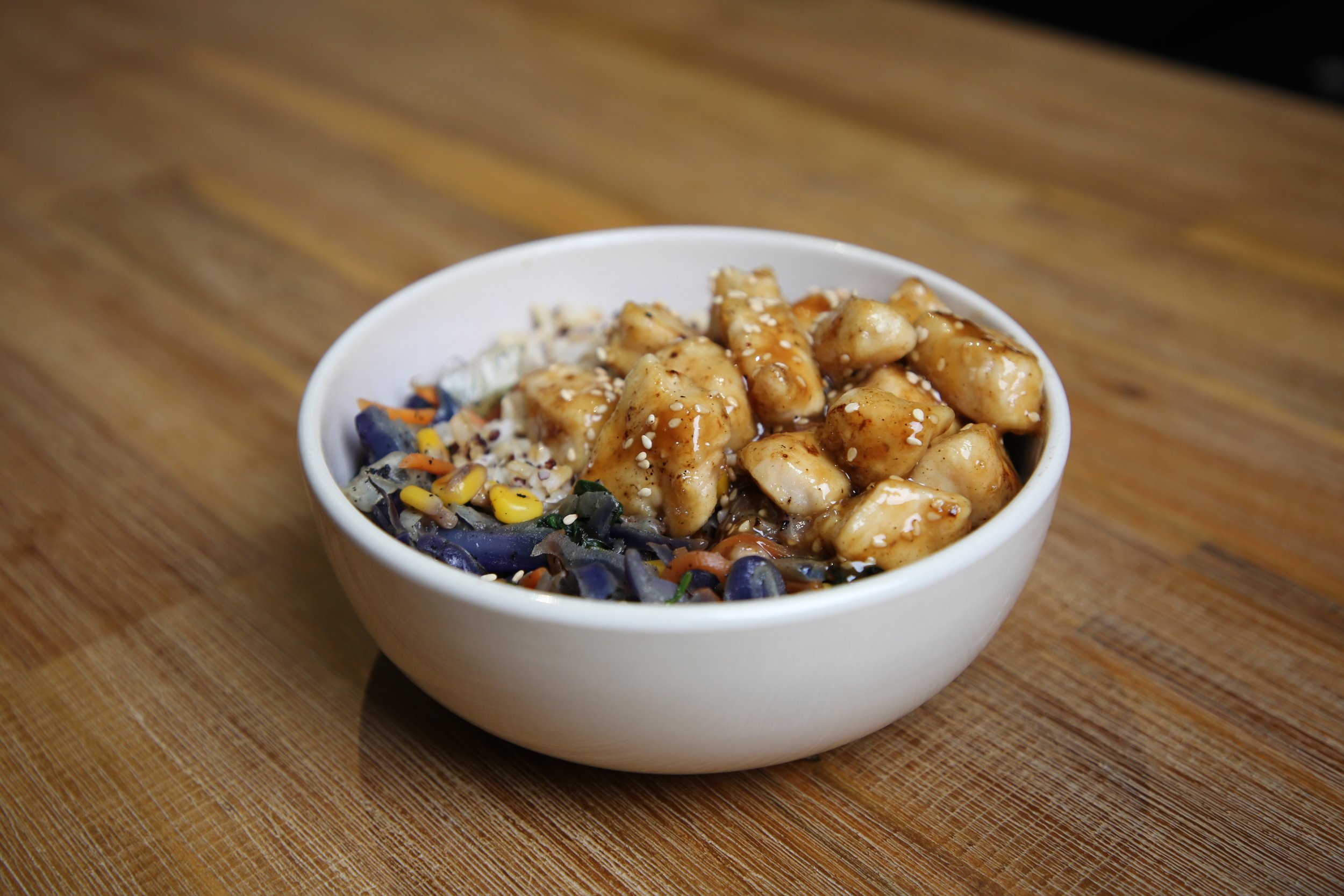Binge Eating - It’s Not About Self-Control
Binge eating is often misunderstood, yet it is the most common disordered eating behaviour.
In our society, binge eating is often regarded as ‘overeating’, with a strong stigma of lack of self-control, lack of discipline, poor health and nutrition literacy, and obesity. But is it the truth?
It’s that common?
Eating disorders and disordered eating are a spectrum, and binging can show across the spectrum, including:
Anorexia Nervosa (the binge-purge subtype)
Bulimia Nervosa (binge + compensatory behaviours as the main characteristics)
Binge Eating Disorder (Binging without any compensatory behaviours)
Other Specified Feeding and Eating Disorders (OSFED)
Disordered Eating
‘Emotional Eating’
‘Impulsive Eating’
Not only does it show up in different disordered eating and eating disorders, but it is also the most common ED and disordered eating behaviours:
More than 1 in 20 Australians experience binge eating in their lifetime (1)
Females are twice as likely to experience binge eating than men (7.4% vs 3%)
>1 in 14 (7%) of people aged 16-34 experience binge eating,
Making binge eating is most prevalent in females aged 16-34 - about ~ 1in 10 (9.8%).
Among the 17% of Australians who are living with eating disorders and disordered eating (2), and of those
Binge Eating Disorder accounts for 47%
Bulimina Nevosa accounts for 12%
and as mentioned, binge eating can be found in Anorexia (3%) and other eating disorders (38%)
What counts as a binge?
Binge eating is described as
‘eating in a discrete period of time, an amount of food that is definitely larger than most people would eat in a similar period of time under similar circumstances, with the sense of lack of control over eating during the episode’ (3)
Basically, it means an uncontrollable eating of a large amount of food in a short period of time. It is sometimes described as ‘emotional eating’, ‘impulsive eating’, ‘uncontrolled eating’, ‘inhaling food’, etc.
People who binge often eat until they are uncomfortably full, find it hard to stop midway, try to binge in secret, eat when not hungry, feel depressed, disgusted, guilty and ashamed about eating and binge episodes.
It is common and normal for someone to eat past fullness or occasionally ‘inhale food’. However, it should be alarming when it repeatedly occurs due to any circumstance.
What causes a binge?
Binge is characterised by the sense of lack of control during eating, which is one of the reasons binge is stigmatised as having low self-control. However, the cause of binge is not about self-control but multifactorial, including
genetics
personality - temperament, sensitivity, perfectionism
dieting and history of dieting
food restriction
body dissatisfaction
poor body image
low self-esteem
a sense of not belonging/being excluded in their communities, family and peers
discriminations, e.g. racism, sexism, homophobia, transphobia, fatphobia
weight bias and stigma
exposure to certain body ideals
trauma
experience of body-related bullying, teasing, assaulting.
stress
depression
anxiety
What to do?
If you and people around you show signs of binge eating, don’t panic - in fact, you might have just found the last puzzle to your eating and food struggles. And don’t worry! We are here to help! - You can contact us to talk about your unique eating and food concerns (email, Instagram) or connect with us on Instagram (@TimelessDietetics), where we will share information about binge eating and other eating disorders.
If you haven’t already, click here opt-in for free access to our upcoming guide: How to Break Free From Binge.
References
Australian Bureau of Statistics. National Study of Mental Health and Wellbeing: Summary statistics on key mental health issues including the prevalence of mental disorders and the use of services 2020-21. Canberra: ABS. 2022; available at: https://www.abs.gov.au/statistics/health/mental-health/national-study-mental-health-and-wellbeing/2020-21#aspects-of-disordered-eating
Butterfly Foundation. Community insights research. Sydney: Butterfly Foundation. 2021; available at: https://butterfly.org.au/wp-content/uploads/2021/11/Butterfly-Foundation_Community-Insights-Report_January-2021_FINAL.pdf
American Psychiatric Association. Diagnostic and statistical manual of mental disorders (5th ed.). Washington: APA. 2013.
More blogs like this

Malcolm is an Accredited Practising Dietitian, Provisional Sports Dietitian, trained eating disorder dietitian and founder of Timeless Dietetics. He is passionate about promoting a flexible style eating that balances health, goals and life enjoyment.














































